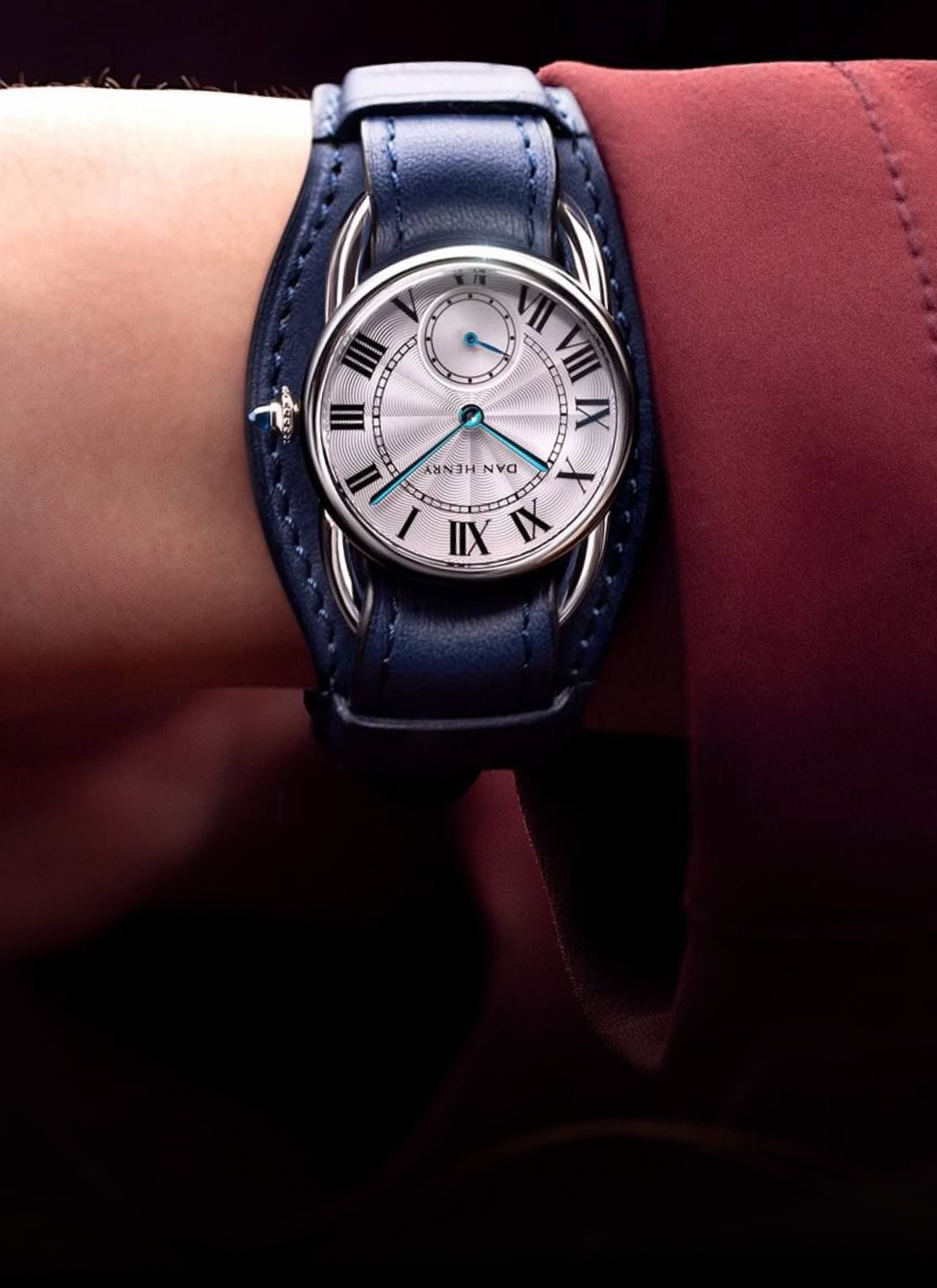The Movado Ermeto
When is a watch not a watch?
If you want a vintage travel watch, the usual suspects would be Rolex’s 1954 GMT Master (first made for PanAm aircrew) or even a dual-movement Sandoz or Delma from the 1970s. But there’s a hidden gem of a watch that pre-dates the GMT by nearly 30 years and has a history every bit as fascinating. And it’s the watch that started it all - the 1926 Movado Ermeto.
Movado is familiar to collectors, but most know little about the firm’s history. The business was founded in 1881 by the Swiss watchmaker Achille Ditesheim. He moved from Alsace to the watchmaking centre of La Chaux-de-Fonds in the Jura mountains. By 1897 he was employing 80 staff and running one of the largest workshops in Switzerland. As one of the first makers to use electricity and mechanisation, he was far ahead of many other firms who were still using hand techniques.
Ditesheim’s ideas paid off. In 1899, they racked up six "first-class Official Rating Certificates" for their watches and, in 1900, walked away with the 'Silver Medal' at the Universal demonstration in Paris.
He chose the name ‘Movado’ in 1905. It’s an Esperanto word meaning ‘always in motion’. Rather appropriate for a business that made travel watches.

Why ‘Ermeto’?
Simply because this particular Movado comes in a case that simultaneously seals (‘ermeto’ is ‘sealed’ in greek) and winds the watch - at least, on an Ermeto from 1927 onwards. Move the two halves of the Ermeto case apart and back together and you’ve wound your watch. In fact, do this just three times a day and you have wound the watch for 24 hours. On later Ermetos, you can even see the crown turning as the rack-winding mechanism winds the watch.
And the case is one of the Ermeto’s main fascinations. Some are enameled, some are cased in leather or shagreen over metal, others are set with jewels. The two halves enclose the watch, protect its face and back and also give you more options than even the flipside of a Reverso.
Movado designed the Ermeto as a travel watch from the start. Or, more accurately, the watchmaker designed a range of travel timepieces. The largest Ermeto, the Pullman, was designed as an 8-day travel clock that the smart traveller could prop on their nightstand as they were whisked from Paris to Istanbul on the Orient Express. Then, next in size order came the ‘Master’, the somewhat rationally-named ‘Normal’ and the ladies’ ‘Baby’ watch, designed to slip into a clutch handbag as one sipped Martinis at Raffles’ Long Bar.
Each of the smaller Ermetos had a tiny metal eye on one bottom corner. This meant the watch could be mounted on a traditional watch chain and pulled from a pocket - or suspended around an elegant neck.
But the Ermeto wasn’t all about style without substance. The movements Movado placed in their Ermetos were properly smart. For example, the rack-winding system was deployed on the 17 jewel calibre 150MN with a number of models being chronometer certified and tested in five positions. By the 1940s, there were Ermetos with moonphases and calendars and even an Ermeto-matic with moonphase and day/date/month complications.
 There was even an Ermetophon, an Ermeto with a built in nightstand prop on the rear of its case, twin crowns and a travel alarm that pre-dates Jaeger LeCoultre’s Memovox.
There was even an Ermetophon, an Ermeto with a built in nightstand prop on the rear of its case, twin crowns and a travel alarm that pre-dates Jaeger LeCoultre’s Memovox.
The style was sufficiently different for Cartier and even Stowa to release their own versions in later years, let alone Hermes variants.
If you’re a fully, properly nailed-on horophile, the Ermeto is irresistible. It has the solid, heavy feeling of a properly put-together watch - a little reminiscent of the self-closing doors on a Mercedes S Class.
For collectors, they are in the same category as useless and forgotten pocket watches - one yet to see its day. An Ermeto is not an investment watch, but it is a must-have. It’s also the cheapest way to get a top quality movement watch for practically no money in comparison with a wristwatch. After all, in the last five years, collectors have watched $5,000 Heuer wristwatches leap to $100K but pocket watches and Ermetos have kept bumping along the bottom.
 There’s a firm case for saying they’re already undervalued historical pieces, let alone when one takes into account their mechanical movement sophistication.
There’s a firm case for saying they’re already undervalued historical pieces, let alone when one takes into account their mechanical movement sophistication.
Where vintage Rolex may seem to become even more valuable with serious wabi, condition is all with an Ermeto. Parts are hard to find and the case needs to be 100% original. Far too many leather or enamel cases have been ‘restored’ with new leather or glasswork, significantly reducing their value - although none as effectively as the digital version in the picture. Mind you, you know what they say about imitation being the sincerest form of flattery.























